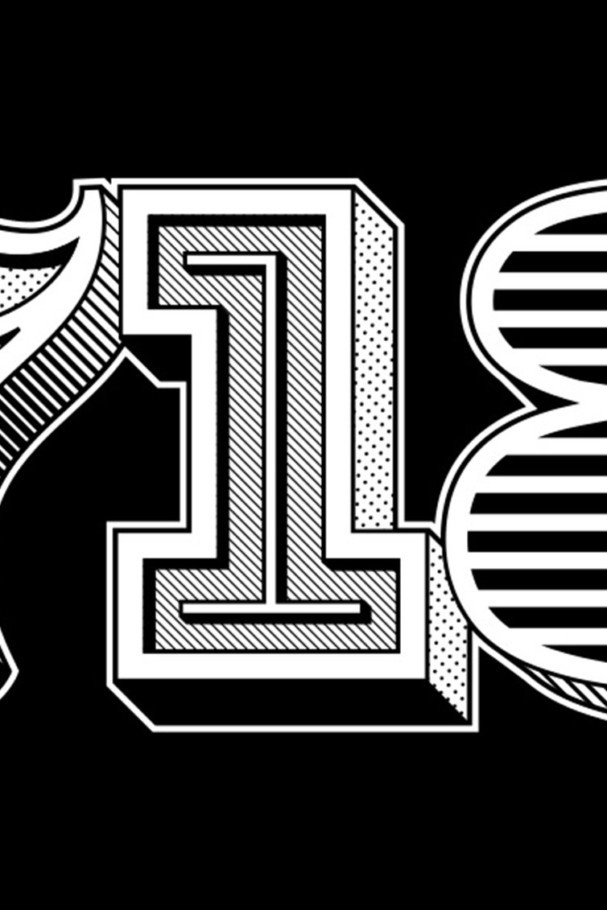
Type Casting Kevin Adams.
Photographer Sean Manuel and Cassandra the great.
How did you and Cassandra meet and start this working relationship?
I hadn’t met Cassandra in person before we shot together. The initial link was Instagram. A friend sent me her profile and as soon as I saw her, I knew we had to shoot together. In every photo, Cassandra has this confidence and carefree energy. The post she was featured in was blowing up and at the time I had done roughly ten other shoots. I was nervous to even reach out to her, but the shoot turned out to be one of my favorites to date.
What is it that you look for in a subject that you go on to shoot more with?
Typically, I don’t have a certain type of person I shoot. I started out shooting portraits of my friends in this photo series I created called “People on Porches.” Every portrait was shot on my porch with natural light and my friends in a lawn chair. It was honestly just an excuse for me to start shooting and get comfortable behind the camera. I think as I learn more about my myself and the images I want to create, I’ll have a clearer intention on the type of subjects that I choose. I tend to revisit the people I feel most comfortable with. When I’m comfortable, I’m able to experiment through the process a bit more.
Cassandra is such a natural, do you direct her much or how does the process happen?
I gave limited direction to Cassandra, she was a natural. When I first met Cassie, I had only been shooting seriously for five months, which meant I was still getting my footing. Typically, I have some sort of idea about the images I want to create, but a lot of the time I find myself improvising. You never know what the energy is going to be like until you’re on site. But with Cassandra, it was effortless, honestly her energy is unmatched and she knew exactly what to do through our time together.
More film, less people: let’s go back to that- What does that mean? Considering you do such a beautiful job capturing people.
I put more “more film, less people” on my profile to reference my other Instagram account. It’s filled with landscape and more street style photography. When I first started out, I was grappling with the fact that I didn’t want to be placed in a box. I didn’t want to be just known for shooting portraits or doing street photography. I knew I was multifaceted or at least that’s what I wanted to be, but I didn’t know how to mix the two and make them cohesive and as effortless as the photographers I admire. It’s still not totally clear to me but I knew that I wanted the other profile to document my travels and day to day life.
How important is film vs digital to your body of work?
For me it’s extremely important. I started with a digital camera when I backpacked through Europe last summer. I came back with hundreds of photos and no idea where to start in terms of editing and organizing. I knew that I could take one image an unlimited amount of times on a digital camera until I got it right, but I didn’t have the time or money to do that on film. I had to slow down and be more intentional about what I was shooting and how. I had a bias when I first started shooting, I thought if a photo was shot on film, it meant it was innately better. Three rolls of film later with no usable photos I realized I was wrong. Fast forward five months and all my photography is now film based. To me, colors come out richer and textures are unmatched. I still shoot digital when I need to but shooting film does something different for me.
Do you consider yourself a young photographer? If so, what does that mean?
Definitely, I don’t even have a year under my belt yet. I think about all the things I’m still trying to learn or haven’t gotten to because I know it’s going to be a process like studio lighting or set design. Just when I think that I’ve learned something new I realize that there’s 20 or so additional ways to do it. I used to have a rigid view about what I thought it meant to be a photographer or how to take photos, but I’m realizing the best part about doing all of this is that I get to tell stories from my perspective.
Let’s talk about the future. What is Sean C. Manuel shooting in 5 years from now?How does that influence what he is currently doing?
I see myself in a different city, more than likely New York, documenting my experience and the experiences of others. Hopefully I’ll have some editorial work under my belt and continue to expand my body of work. I think in this moment in history, black people are finally shedding the idea that we are a monolith or that the Black experience looks the same for everyone. We’re in the middle of a Black renaissance especially within photography. I want to document the way that our neighborhoods are changing and the spaces we occupy are shifting. My goal is to give visibility to individuals and things that are unexplored and often forgotten. When I think about photographers that inspire me like Kennedi Carter, Renell Medrano and Andre Wagner, I think about how I can push my work further. These are photographers that I consider to be pushing boundaries while simultaneously recreating the narrative and giving visibility to Black people. For now, I’m just trying to be more intentional about the direction I want to go in and these aspects of my identity impact my work.









